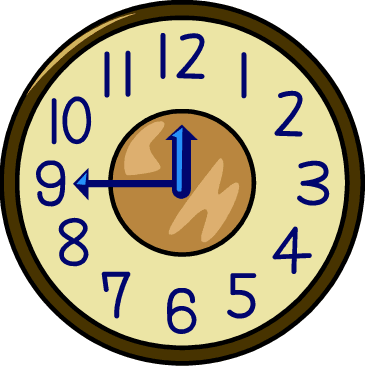ESL Family Members Listening
This ESL family members listening page has several tasks that you can do to help you become better at listening to and understanding spoken English. This will mean that you will be better able to have a conversation with a native English speaker.

The tasks on this page will give you the opportunity to listen to words about family members being spoken by a native English speaker. You can listen to each of the recordings as often as you need to so that you can fully understand them.
The ESL family members vocabulary page has a list of useful words and a recording of them being pronounced by a native English speaker. You can listen to this before starting the tasks on this page.
The exercises on this page are as follows:
- Identification of spoken word order.
- Identification of spoken definition.
- Listening comprehension.
- Dictation passage.
ESL Family Members Listening Exercises
Exercise 1 – Identification of Spoken Word Order
For this first ESL family members listening exercise you need to listen to the following recording and then decide which of the options (A-D) in each question has the words in the same order as the recording. Once you have finished you can use the get score button to see the correct answers.
ESL Family Members Identification of Spoken Word Order
Listen to the recording of the five groups of five words each given above and decide which option (A-D) in the five questions in this test has the correct order.

Exercise 2 – Identification of Spoken Definition
In the second ESL Family Members listening exercise you need to listen to the recording of some spoken definitions and then decide which word (A-D) in each question matches the definition. Again you can use the get score button to see the correct answers.
ESL Family Members Listening Identification of Vocabulary Meaning
Listen to the recording of the meanings of the five vocabulary words given above and decide which word out of the options (A-D) in each question matches the meaning.
Exercise 3 – Listening Comprehension
The third ESL family members listening exercise is a listening comprehension task. You need to listen to the following recording of a passage being spoken and then answer the following questions. Listen a few times if you need to. Then use the get score button to see the answers.
At the end of the page there is a link that you can use to see the full text of the spoken passage. You can use this to check your understanding.
ESL Family Members Listening Comprehension
Listen to the recording of the passage about family members above and answer the following five questions.
Exercise 4 – Dictation
The fourth ESL family members listening exercise is a dictation task. You need to listen to the recording of a spoken passage and then write it down exactly as it is said. In the recording the passage is spoken twice by a native English speaker. The first time is at a slow speaking speed and then in the second there is a pause after every few words and the punctuation has also been spoken. Listen several times if you need to.
Again there is a link at the end of the page that you can click to show the text of the passage so you can check your answer.
Show Passage »
Dictation Passage
Show Passage »
Other Pages about Family Members that You
Might Like
ESL Family Members Conversations
ESL Family Members Reading
ESL Family Members Vocabulary
ESL Family Members Writing
ESL 4u home › Listening › Family members


|
|



New! Comments
Have your say about what you just read! Leave me a comment in the box below.